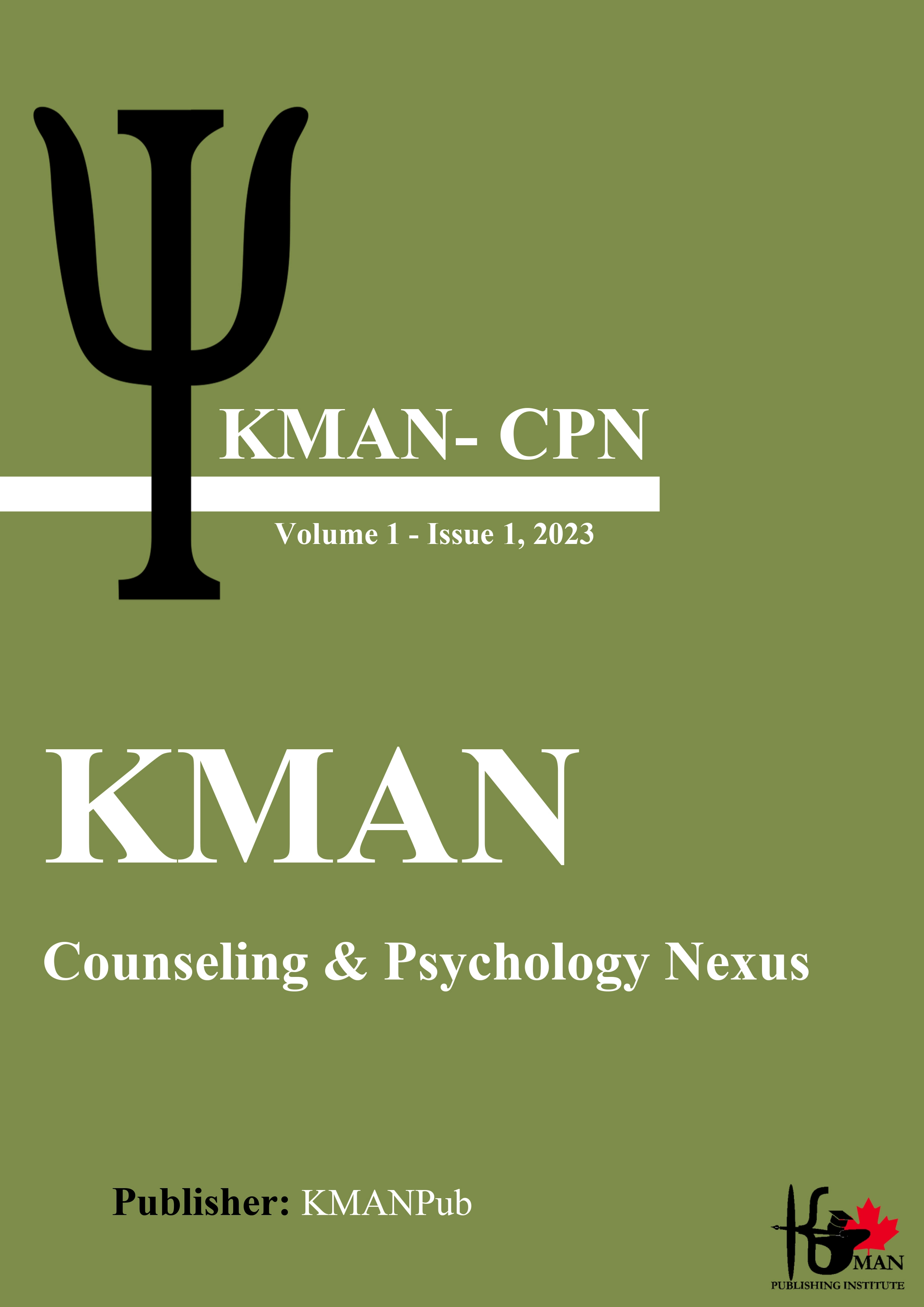Effectiveness of Integrating Quality of Life-Based Therapy and Phototherapy on Emotion Regulation, Depression, and Anxiety in Psychosomatic Patients
Abstract
The current research was conducted to examine the effectiveness of integrating quality of life-based therapy and phototherapy on improving emotion regulation and reducing depression and anxiety in psychosomatic disorder patients in Isfahan city. This study was quasi-experimental, and its design was experimental and control with pre-test, post-test, and follow-up. The statistical population consisted of psychosomatic patients in Isfahan city. The statistical sample included 30 patients with psychosomatic disorders, who were conveniently selected and non-randomly assigned into two groups: experimental (15 participants) and control (15 participants). The research tools included: Gratz's Emotion Regulation Questionnaire (2004), Beck's Depression Inventory (1990), and Beck's Anxiety Inventory (1990). Descriptive statistics (mean and standard deviation) and inferential statistics (analysis of variance with repeated measures) were used for data analysis. The results indicated that integrating quality of life-based therapy and phototherapy was effective in improving emotion regulation, depression, and anxiety.
Downloads
Downloads
Additional Files
Published
License
Copyright (c) 2023 Leila Tayebmanesh (Author); Nadereh Saadati (Corresponding Author)

This work is licensed under a Creative Commons Attribution-NonCommercial 4.0 International License.








